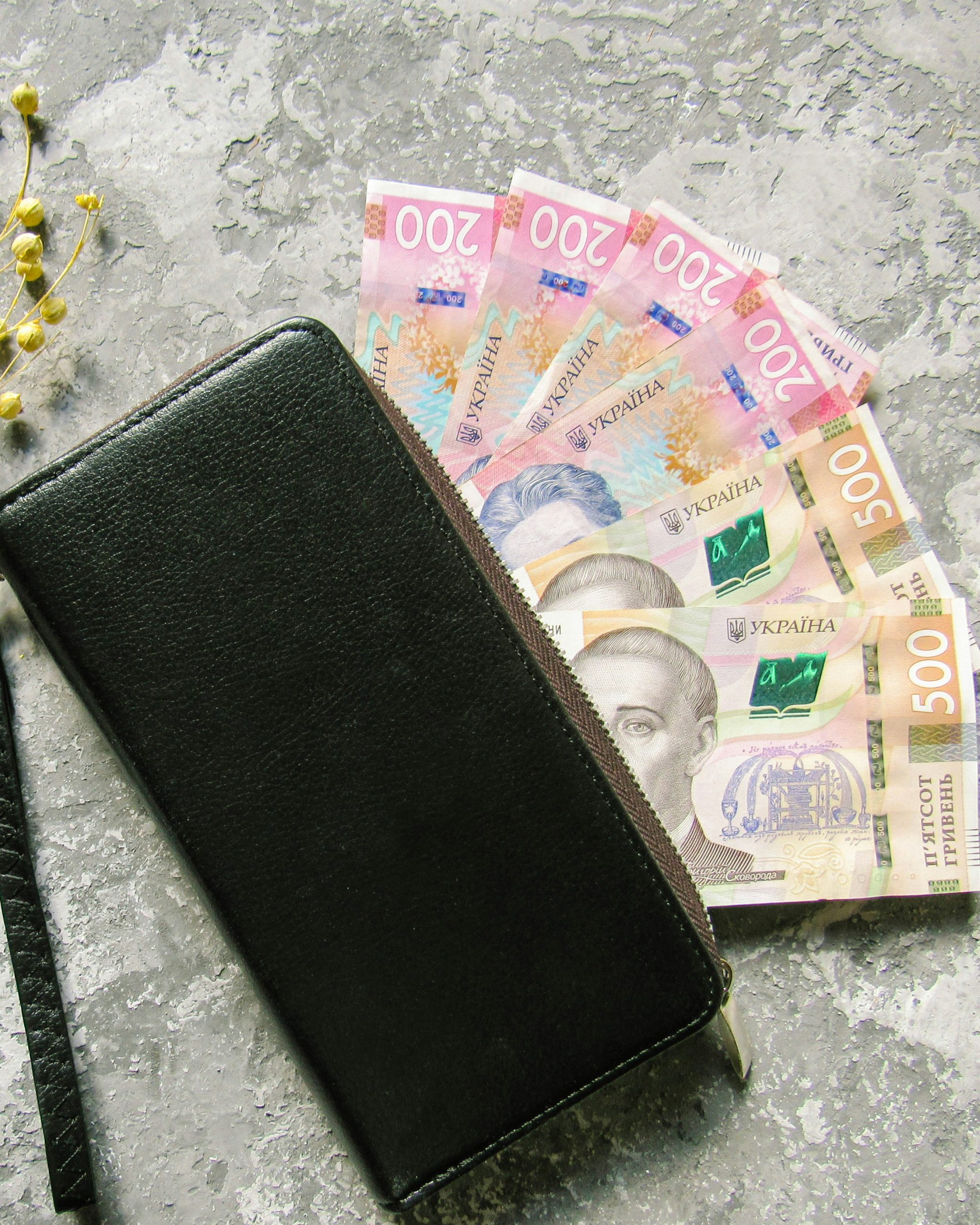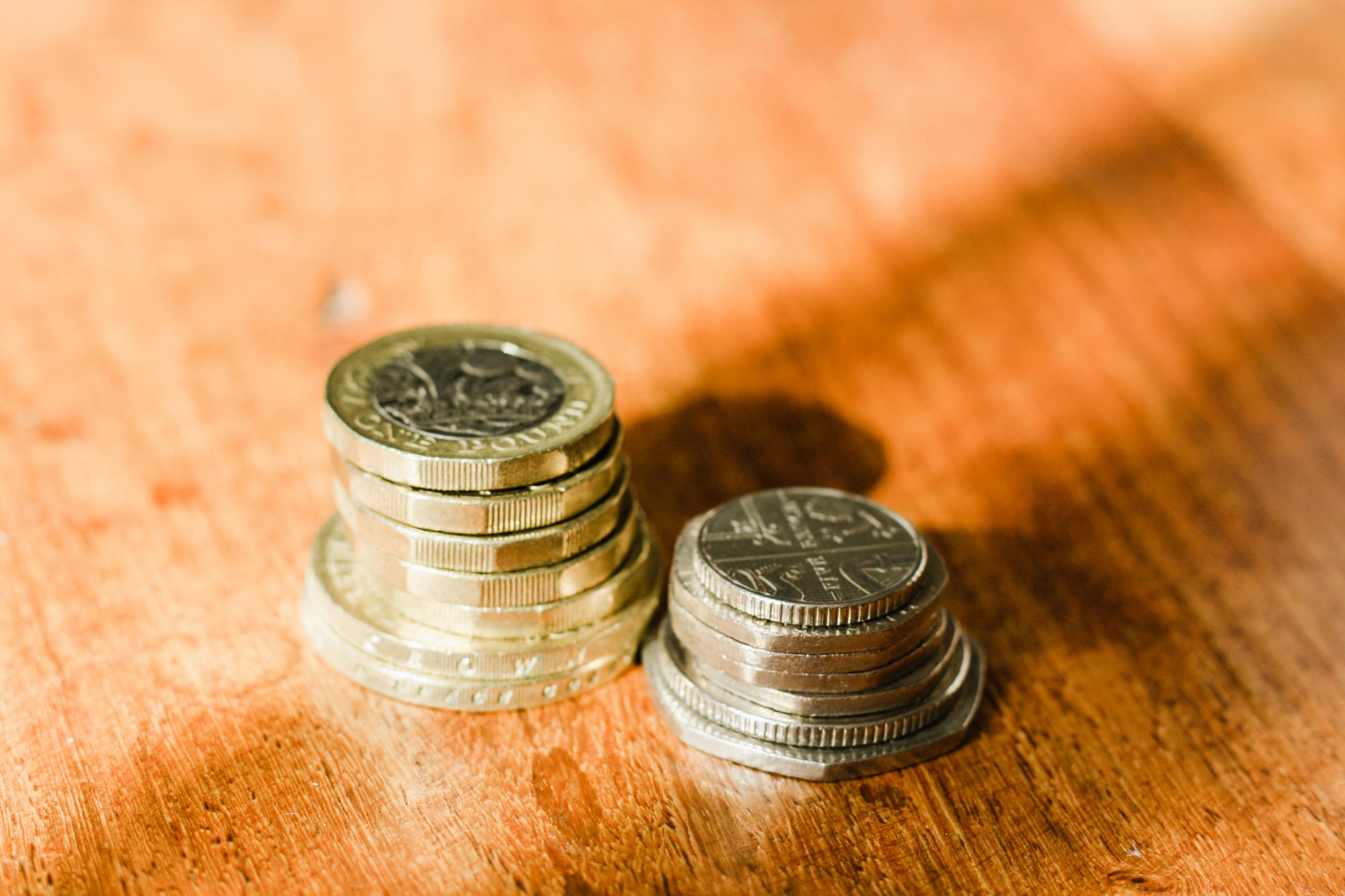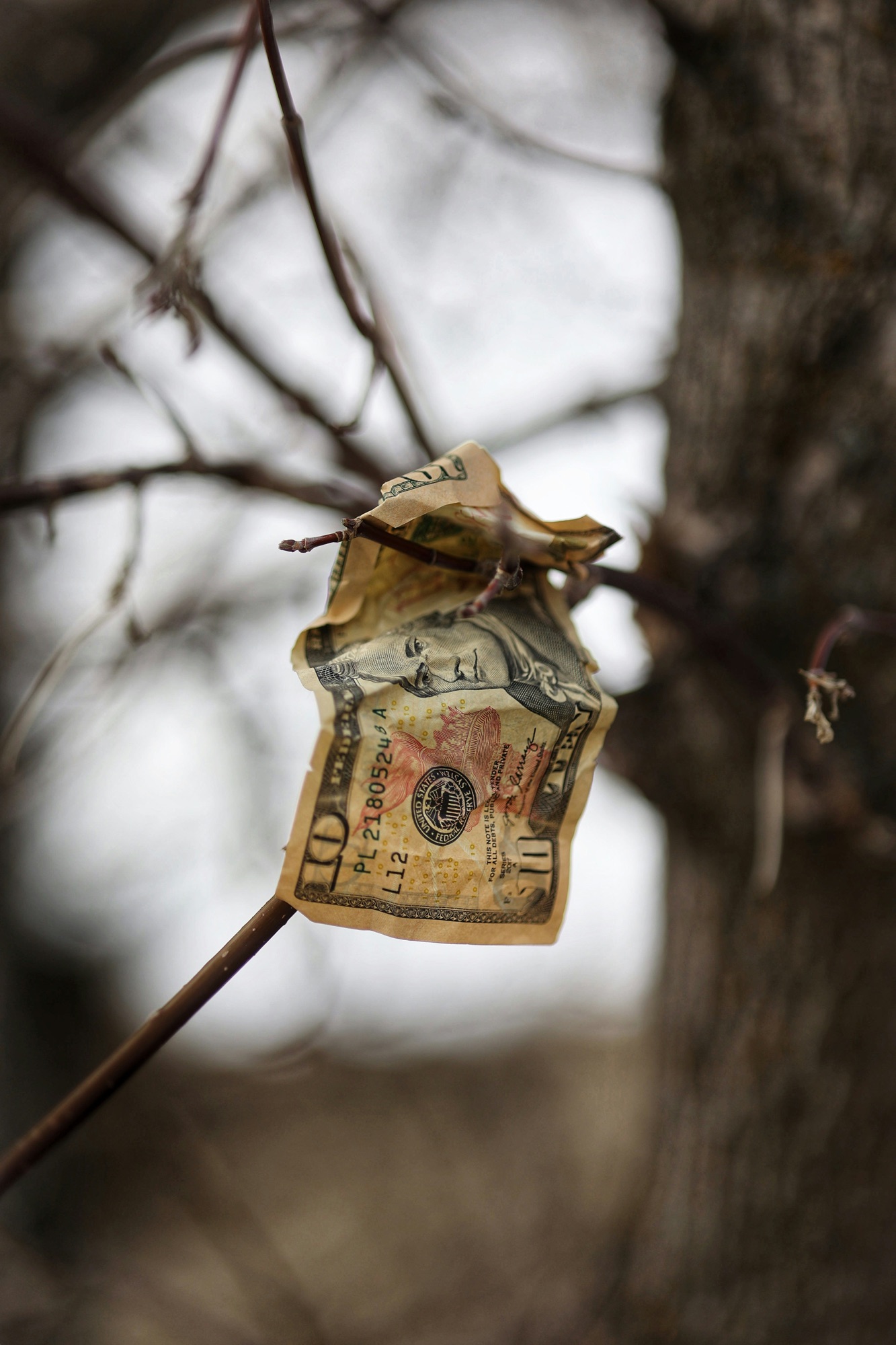Cash Stuffing: The Old-School Budget Hack That’s Back in Style
If you’ve scrolled through TikTok or Instagram lately, chances are you’ve seen someone flipping through a cute binder full of cash envelopes, labeling them with things like groceries, date nights, Starbucks, or even vacation. That’s called cash stuffing—and while it might look like a trendy aesthetic, it’s actually a tried-and-true way to manage money.
So, What
Is
Cash Stuffing?
Cash stuffing is basically budgeting the old-school way. You take out your money in cash, divide it into envelopes (or pouches, or a binder if you want to be fancy), and label each one with a spending category. When the envelope is empty, that’s it—you’re done spending in that category until payday.
Think of it like having a built-in spending limit you can see and touch. For example:
- $200 → groceries
- $100 → gas
- $50 → eating out
- $150 → savings
If you run out of “eating out” money by week two, well… hello, leftovers.
Why Is Everyone Obsessed With It Again?
It’s not new—your grandparents probably used some version of it—but social media has given it a glow-up. TikTokers make satisfying videos of “stuffing” crisp bills into envelopes, using pastel markers and pretty binders. But there’s more to it than aesthetics.
Researchers have found that people spend more when using cards than when using cash. One study from MIT even showed that folks were willing to spend up to twice as much when paying by card compared to cash. That swipe makes money feel less “real”—while handing over physical bills hits different.
Cash stuffing brings that tangibility back. When you see your grocery envelope running low, you feel the impact of overspending, which can help you cut back.
The Perks of Cash Stuffing
- Keeps you accountable → No “oops, I forgot I ordered three Ubers this week” moments.
- Boosts savings → Many people make envelopes just for goals—like travel funds or debt payoff.
- Helps with discipline → When the cash is gone, you’re done. Period.
- Satisfying AF → Let’s be honest, stuffing envelopes and watching them grow is weirdly therapeutic.
But… It’s Not Perfect
Of course, there are some downsides. Carrying cash can be inconvenient, and it’s definitely not ideal for online expenses like subscriptions or bills. Plus, if you lose your envelope, that money is gone. And while it’s great for controlling spending, it doesn’t help you build credit like responsible card use does.
Who Should Try It?
Cash stuffing works best if:
- You tend to overspend with cards.
- You’re new to budgeting and want a simple, visual method.
- You like being hands-on with your money.
- You’re motivated by seeing progress right in front of you.
Final Take
At its core, cash stuffing is about mindful spending. It forces you to slow down, plan, and think before you buy. Whether you go all-in with a fancy binder or just use plain envelopes, it can be a powerful tool to help you save more and stress less about money.
And who knows? That envelope of $20 bills might just be the reason you finally book that dream trip—or stop overspending on late-night takeout.
Share this content:











Post Comment